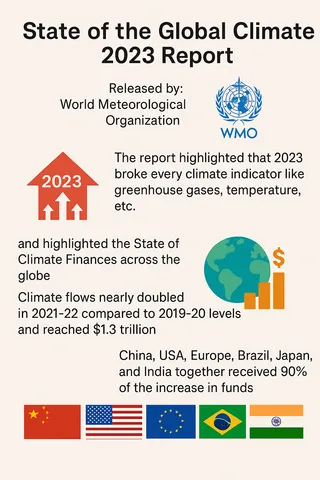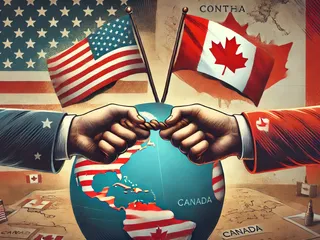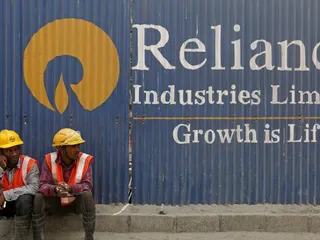Political instability, characterized by a lack of stable governance and frequent changes in power, poses significant challenges to nations and the global community. Understanding its multifaceted nature is crucial to mitigating its detrimental effects.
Causes of Political Instability
The roots of political instability are diverse and interconnected. They often include:
- Weak Governance and Institutions: Ineffective or corrupt governments, lack of rule of law, and weak state capacity contribute to instability.
- Economic Inequality and Poverty: Widespread poverty and vast disparities in wealth can fuel social unrest and resentment, leading to instability.
- Ethnic and Religious Conflicts: Deep-seated tensions between different groups can erupt into violence and destabilize entire regions.
- External Interference: Foreign intervention, whether through military action or political meddling, can exacerbate existing tensions and contribute to instability.
- Climate Change: Increasingly, climate change-related issues such as resource scarcity and displacement are contributing factors to political instability.
Effects of Political Instability
The consequences of political instability are far-reaching:
- Economic Decline: Uncertainty and violence deter investment, disrupt trade, and hinder economic growth.
- Social Disruption: Instability can lead to displacement, human rights abuses, and widespread suffering.
- Increased Security Risks: It creates an environment conducive to terrorism, crime, and armed conflict.
- Humanitarian Crises: Mass displacement, famine, and disease often accompany periods of political instability.
- Regional and Global Impacts: Instability in one area can quickly spread, impacting neighboring countries and the international community.
Examples of Political Instability
Numerous examples throughout history and in current events illustrate the devastating impact of political instability. Recent examples include [link to a reputable news source discussing current examples of political instability]. Historical examples include [link to a reputable source discussing historical examples, e.g., a history textbook or academic article].
Addressing Political Instability
Addressing political instability requires a multifaceted approach involving:
- Strengthening Governance and Institutions: Promoting good governance, transparency, and the rule of law.
- Promoting Economic Development and Equity: Reducing poverty and inequality through sustainable economic growth and social programs.
- Conflict Resolution and Peacebuilding: Addressing underlying conflicts through dialogue, negotiation, and reconciliation.
- International Cooperation: Collaborative efforts by nations to prevent and resolve conflicts.
Understanding the complexities of political instability is crucial for building more stable and peaceful societies globally.















































